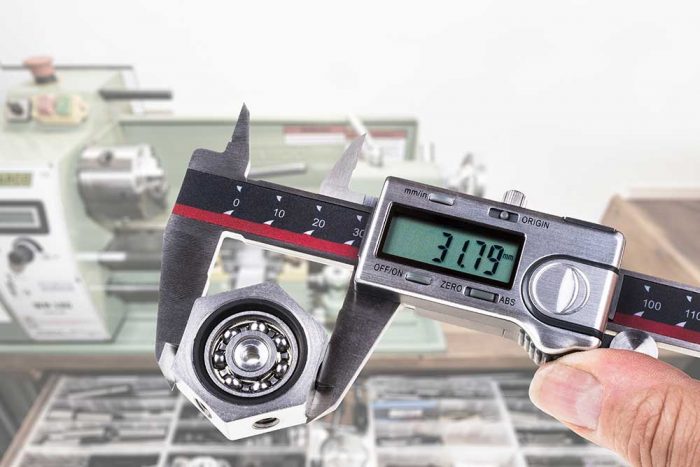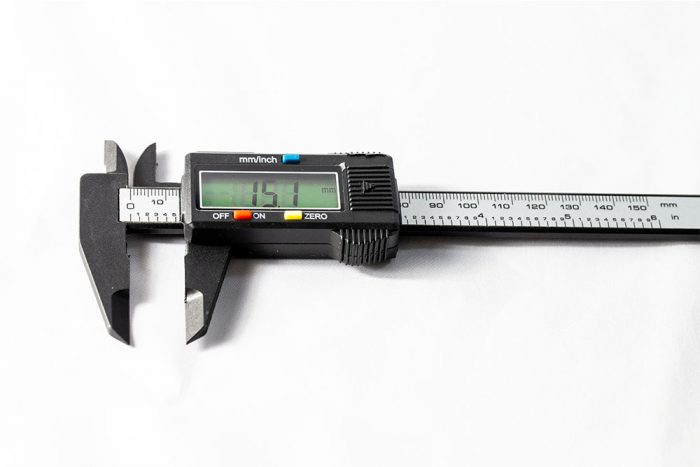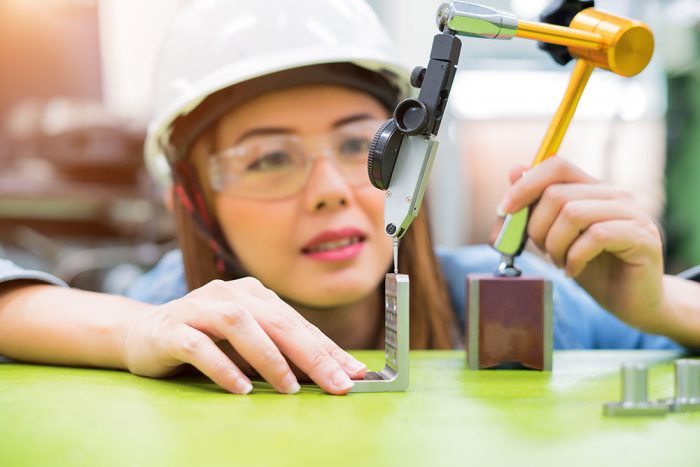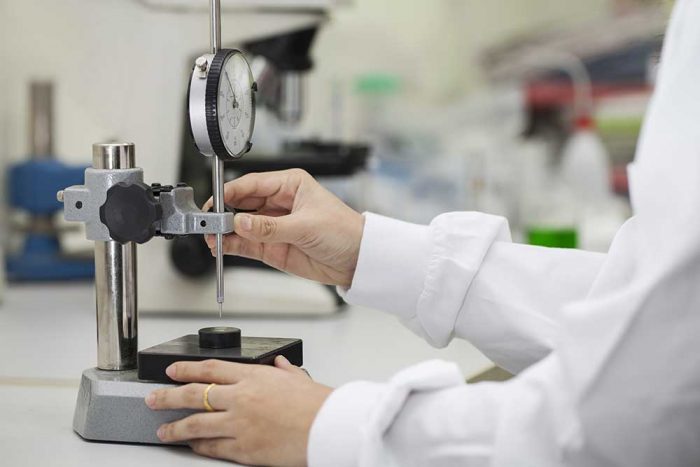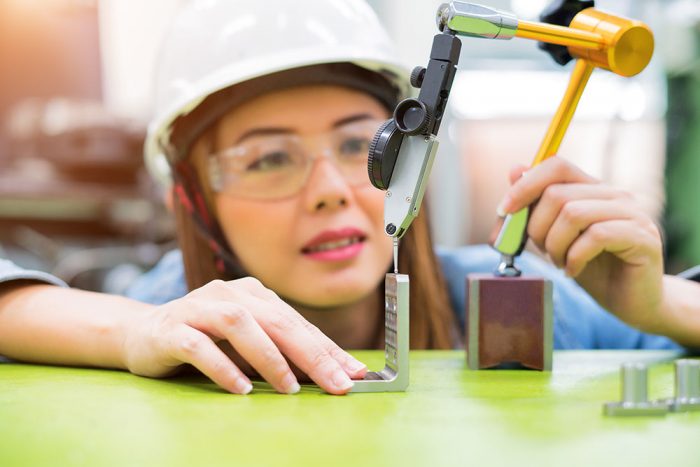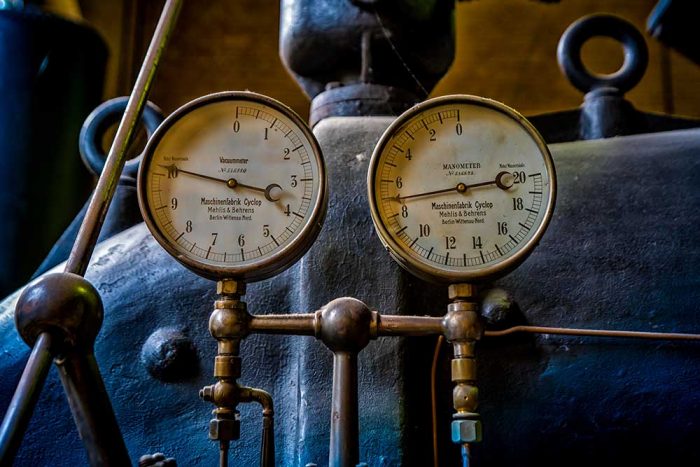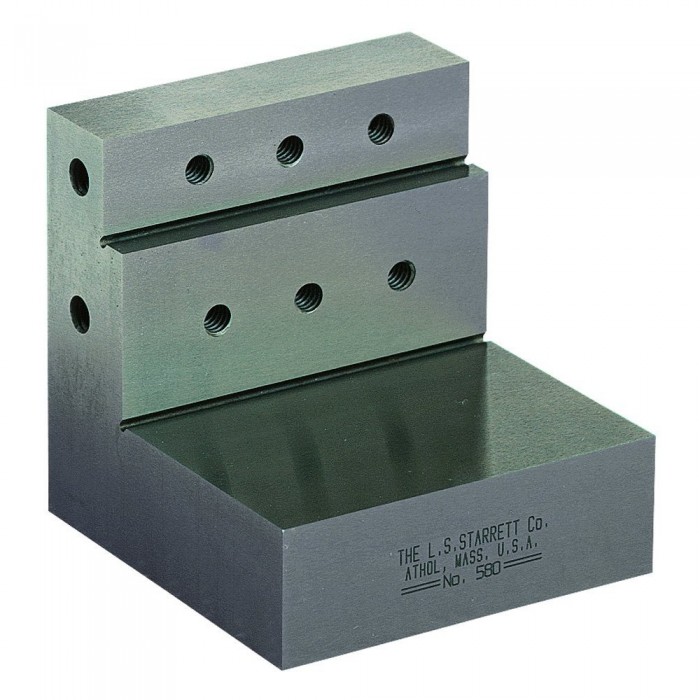Starrett video measuring machines allow for accurate and quick 3D measurements of small parts. These parts are typically inspected during quality control processes in manufacturing plants. In some cases, these types of measurements are taken offline to reduce environmental variables. Today, professionals can find two types of video measurement systems: automatic and manual. It is important to note that video measuring machines do not directly measure the parts but instead measure various images of a part. This machine is designed to develop a precise reproduction of the part via state-of-art optics and lighting systems
When a part is measured by a manual video measuring machine, it is moved on a manually operated workstage. The Z-axis zoom lens, however, can be motorized should the operator find it more convenient to do so. The chosen metrology software then automatically detects the part’s edges and guides the user to move the stage accordingly. No part of the video measuring system should move independently and that’s why a steel or granite base is needed to maintain overall equipment stability.
Willrich Precision is an authorized dealer of Starrett precision measurement instruments. If you are looking to get a Starrett MVR Manual Video Measuring Machine please contact us to arrange as demonstration.
About Starrett
Laroy S. Starrett founded the L.S. Starrett Company. Since their inception in 1880, the company has been manufacturing precision tools, gages, measuring instruments, and saw blades for a wide range of consumer, professional, and industrial markets across the globe. Today, there are over 5,000 different types of products to choose from. Starrett is recognized for their unrivaled standards for fine precision tools for over 130 years. This has allowed the company to be known as the World’s Greatest Toolmakers.
Features of the Starrett MVR Manual Video Measuring Machine
Here’s a quick look at some notable features of StarrettMVR Manual Video Measuring achine:
- Comes with a granite base
- Ring light LED surface illumination
- Collimated LED sub-stage illumination
- Features a color digital video camera
- Video edge detection (VED) capabilities
- Field-of-view (FOV) measurements (can be integrated with stage motion)
- Compatible with MetLogix M3 metrology software
- Motorized Z-axis positioning with variable speed controls
- Manual X-Y positioning via hand heels
- X and Y accuracy of 3.5µm + 5L/1000
- Z accuracy of 2.5µm + 5L/1000
- Requires at least a Windows 7 Professional operating system to enable network connectivity
Get Starrett MVR Manual Video Measuring Machines from Willrich Precision!
Willrich Precision offers Starrett MVR manual video measuring machines at the most competitive rates. Our company has been in business for more than 45 years and provides top-notch products in the gaging, inspection and metrology industries. We are also ISO:9001:2008 Registered and can provide professional calibration and repair services. Enjoy complete peace of mind knowing that our stellar measurement products and gages can cater to the diverse inspection needs of automotive companies, the military, aerospace companies, and much more.
To know more about our Starrett MVR Manual Video Measuring Machines and the benefits that they provide, do not hesitate to contact us today.





